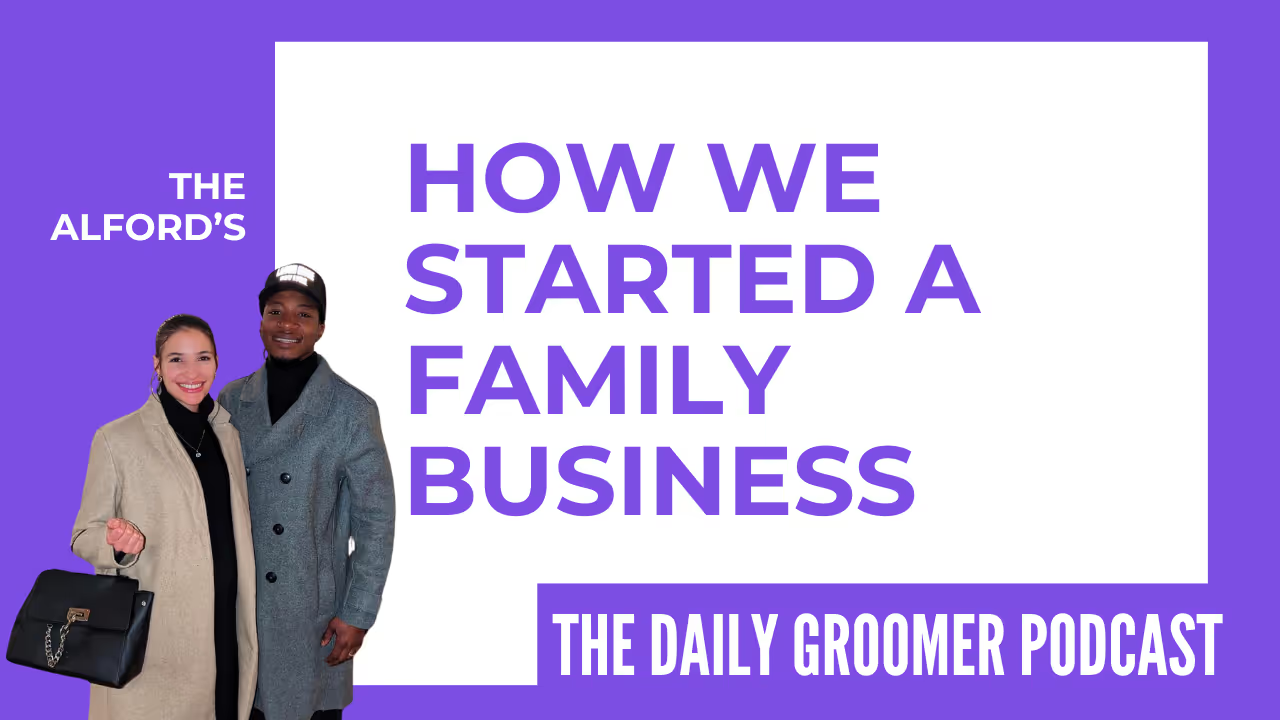Beyond the Brush-Out: Picking the Perfect Tool for Your Long-Haired Dog's Grooming Needs
Explore the best grooming tools for long-haired dogs

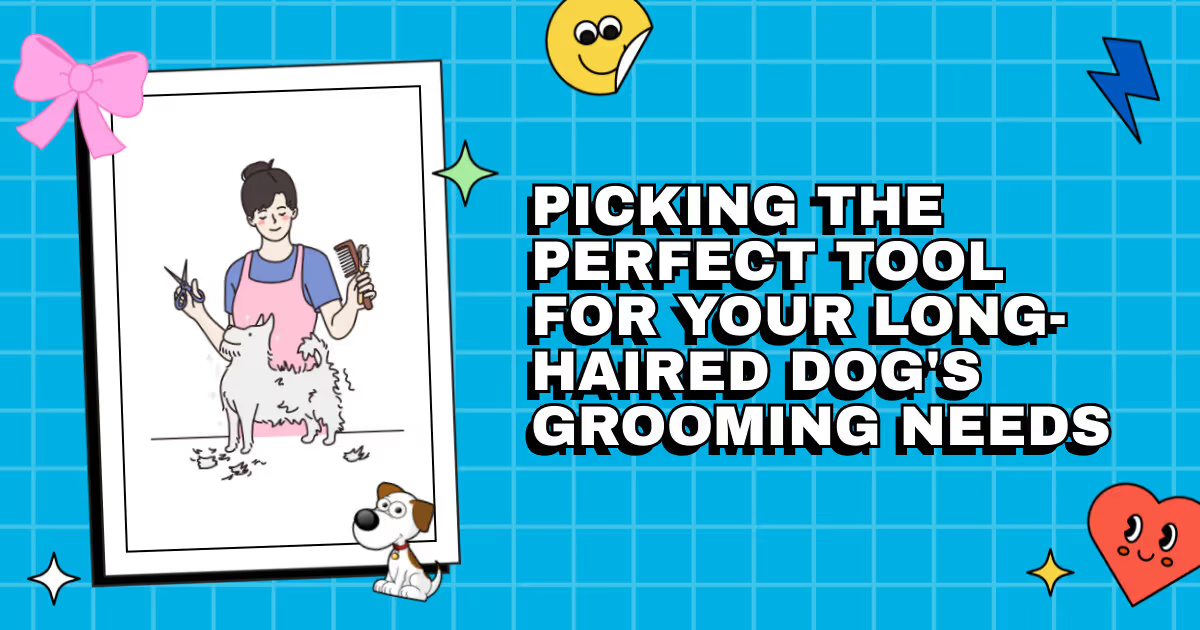
Have you ever felt the frustration of a grooming session that seems more like a battle than a brush-out? It's a scene all too familiar for those navigating the tangles of a long-haired dog's coat. But worry not, brave groomers: the path to flawless fur doesn't end with a detangling spray-drenched deadlock. Let's unlock the secrets to harmonious grooming with the right arsenal of tools!
The Grooming Gauntlet: Finding Your Holy Grail Brush
Long-haired breeds are the divas of the dog world; they require just the right touch. But before you dive into the myriad of grooming tools, remember: not all brushes are created equal, and one size does not fit all when it comes to the flowing locks of a canine companion.
Understanding the Spectrum of Brushes
Firstly, let's paint a clear picture of your options:
- Slicker Brushes: Ideal for removing mats and loose fur, these brushes with their fine, tightly spaced wires can be a lifesaver for breeds like Collies and Shih Tzus.
- Pin Brushes: Resembling a hairbrush for humans, pin brushes are gentle and perfect for finishing off a grooming session, giving that glossy, show-ready look.
- Bristle Brushes: Great for breeds with wavier coats, these brushes promote natural oil distribution for a shiny, healthy coat.
Armed with this knowledge, you can begin to tailor your toolkit to each dog's individual needs.
The Detangler's Dream: When to Use a Dematting Tool
It's the tool that can turn a daunting grooming task into a smooth-sailing operation: the dematting tool. This little wonder is designed to cut through the toughest of knots without damaging the hair's integrity. This is where your precision and expertise come to the fore, as careful use can prevent the dreaded shave down on breeds like Afghan Hounds or Yorkies.
Caution and Care: The Art of Dematting
With great power comes great responsibility. Using a dematting tool requires a level of finesse, ensuring you don't pull too hard or too close to the skin. Always approach mats with patience and the gentle guidance of your trusty tool.
Combs: The Groomer's Precision Instrument
No grooming toolkit is complete without a comb or two, the unsung heroes of the grooming table. They are invaluable for the final touch-ups, allowing you to weave through the fur, checking for any stray tangles or leftover loose hairs.
Fine-Tooth vs. Wide-Tooth Combs
There's a comb for every occasion:
- Fine-Tooth Combs: Perfect for small, delicate areas like around the eyes and ears, or for breeds with fine hair.
- Wide-Tooth Combs: These are your best bet for working through thicker portions of the coat, especially on larger breeds with dense undercoats.
Your comb selection can make or break the grooming experience, so choose wisely!
Undercoat Rakes: Unearthing the Hidden Hair
Some long-haired pups harbor a secret: a dense undercoat that quietly builds into a tangled mess. Enter the undercoat rake, a tool designed to delve deep and remove the loose, dead hair before it becomes a problem. Even the most opulent of pelts, like those of Newfoundlands or Golden Retrievers, can be maintained to perfection with this trusty tool.
Choosing the Right Rake
Consider the teeth spacing and length when picking an undercoat rake. For dogs with longer hair and a thick undercoat, a rake with longer and fewer teeth will glide through the coat more effectively. For finer coats, a closer tooth spacing will do the trick.
Rubber and Curry Brushes: The Softer Side of Grooming
While it's essential to have a variety of robust tools, don't overlook the benefits of a good rubber or curry brush. These are especially useful during the bathing process to help work in shampoos and conditioners, ensuring a thorough cleanse and preparing the coat for a good blow-dry.
Massaging the Skin and Coat
Not only do these brushes add a luxurious touch to the grooming process, but they also stimulate the skin and help to distribute natural oils throughout the coat. A must-have for any groomer looking to add that extra shine and softness to their four-legged client's fur.
Keeping Tools in Top Shape: Maintenance Matters
Your tools are allies in the fight against mats and tangles, but they can't fight effectively without proper maintenance. Regular cleaning and sharpening, along with replacement when necessary, ensure that your tools perform at their peak. A little TLC goes a long way in extending the life of your grooming equipment.
Cleaning and Storing Your Grooming Tools
Make a habit of cleaning your tools after each use and store them in a dry place to prevent rust and degradation. Hair buildup not only makes your tools less efficient but can also harbor bacteria, leading to potential skin irritations for your furry clients.
Wrapping It Up: The Best Brush for Long Hair Dogs Is...
In the pursuit of grooming excellence, there is no single "best" brush for long-haired dogs. Each breed, each dog, brings a unique challenge, thus requiring a unique brushing solution. The key is to have a versatile set of tools that you can mix and match according to the specific needs of your canine clientele.
Thorough knowledge of coat types, a keen eye for detail, and an empathetic approach to handling your furry patrons will lead you to grooming triumph. It's not just about the right brush—it's about the right method, the right technique, and the right attitude.
Keep honing your skills, keep expanding your toolkit, and most importantly, keep listening to the dogs—you'll find that the perfect tool for the job is sometimes the one you least expected. Happy grooming!

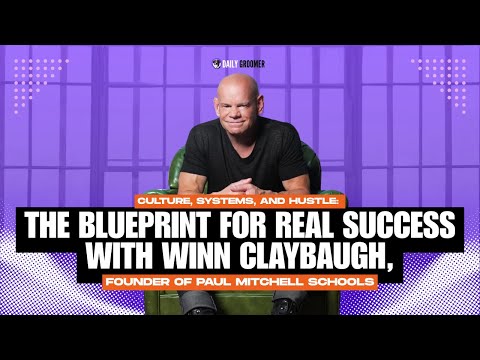

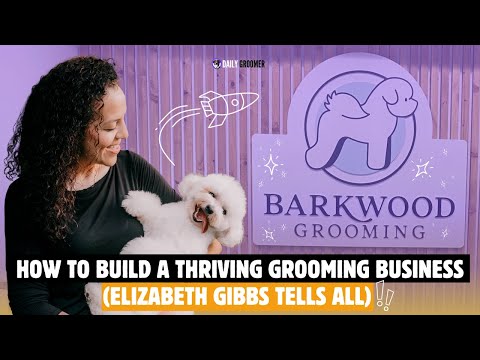

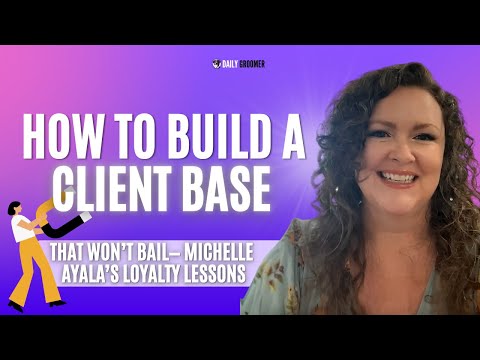

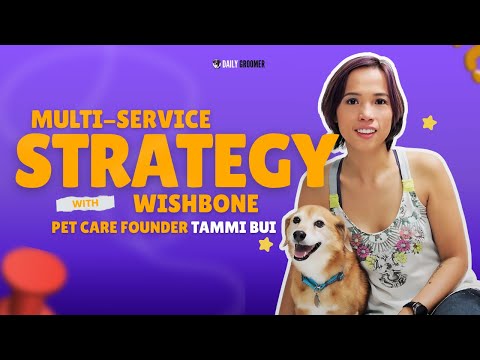

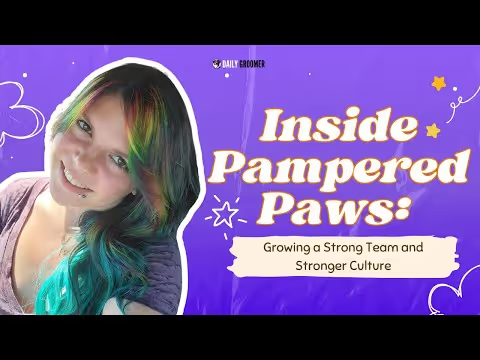
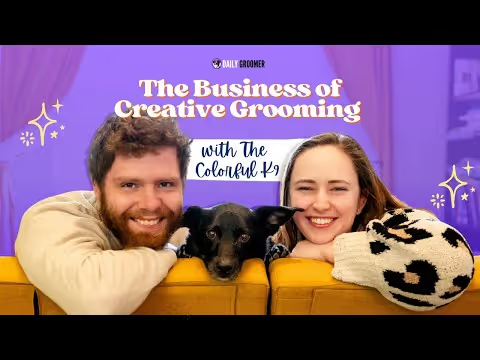

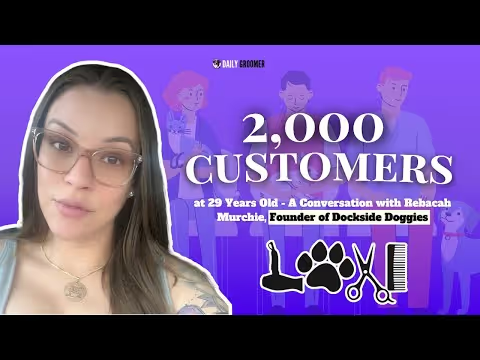


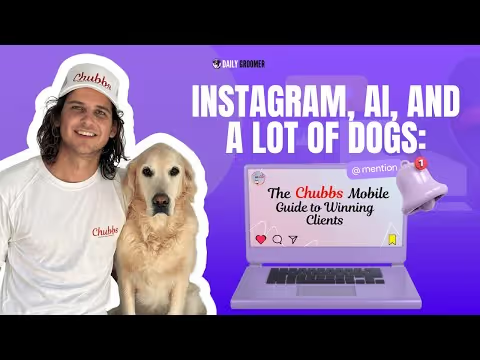
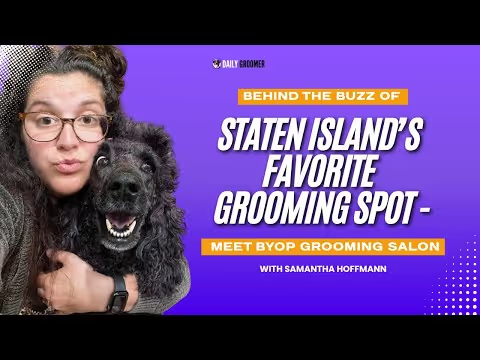

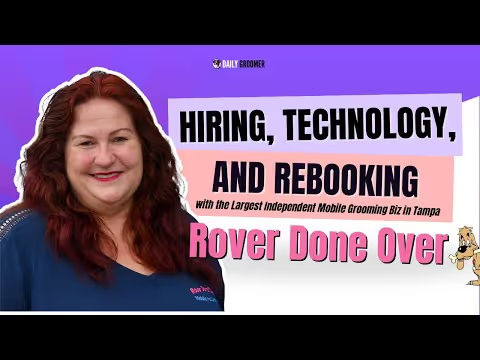
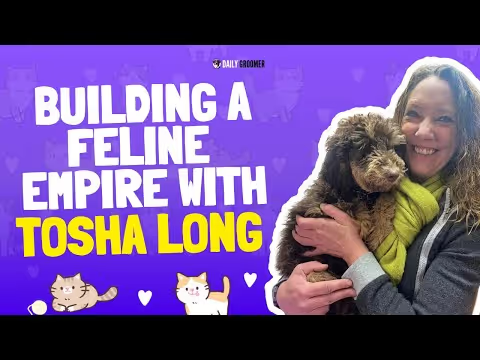


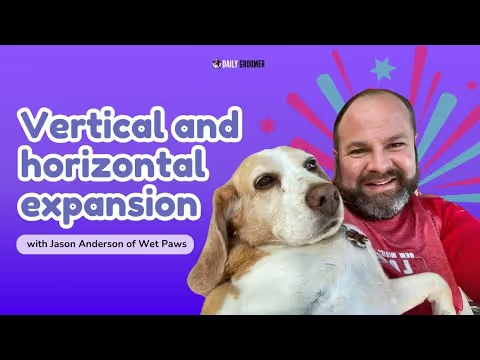
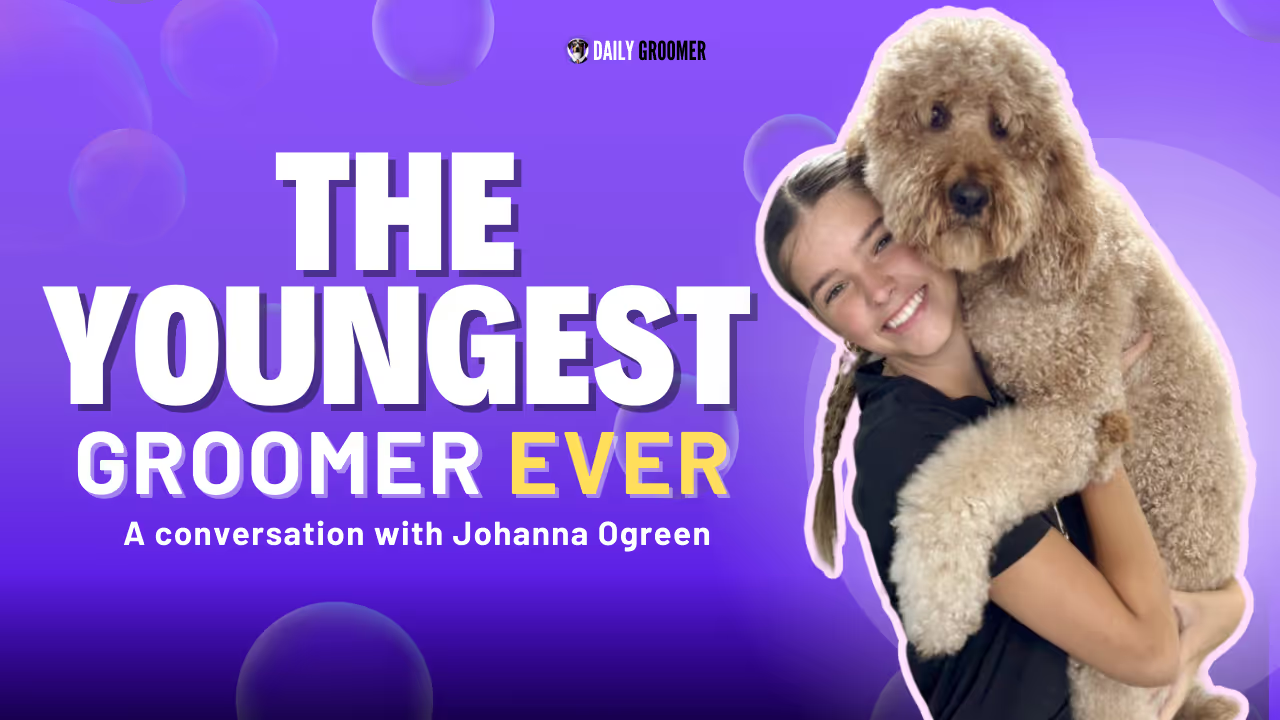
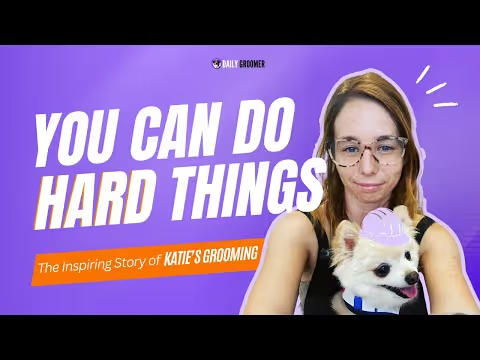
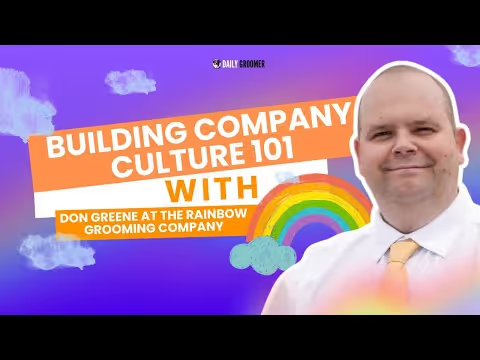
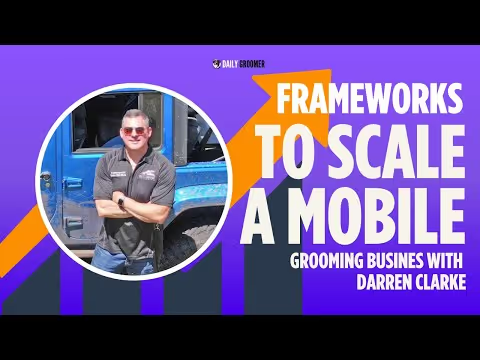
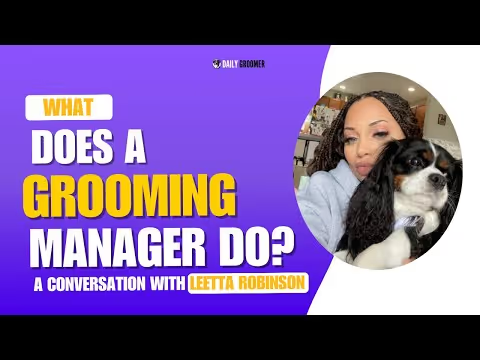

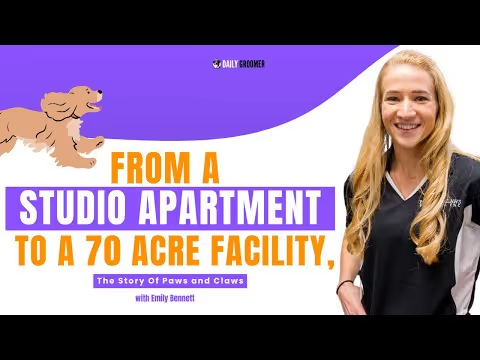
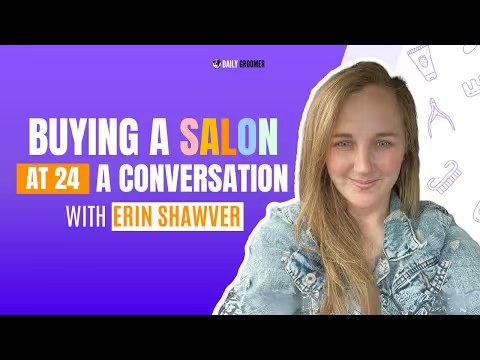
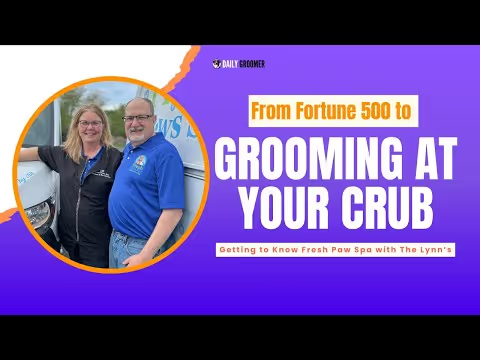






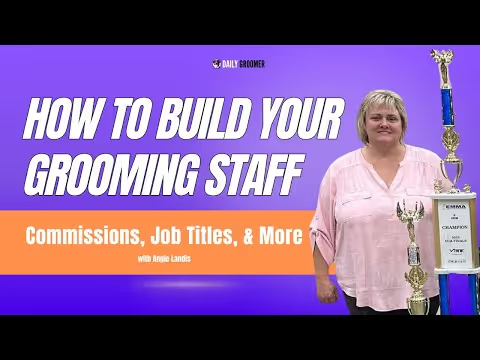




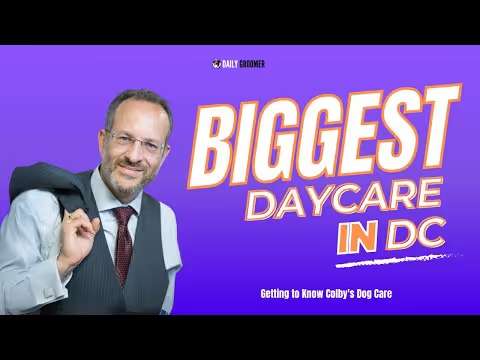
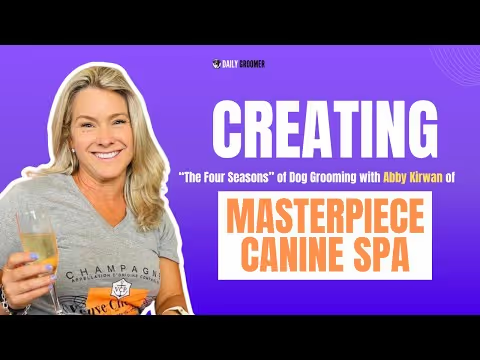
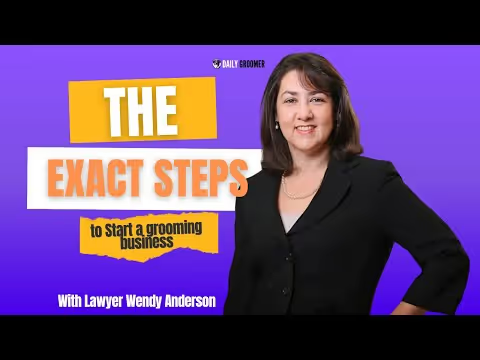
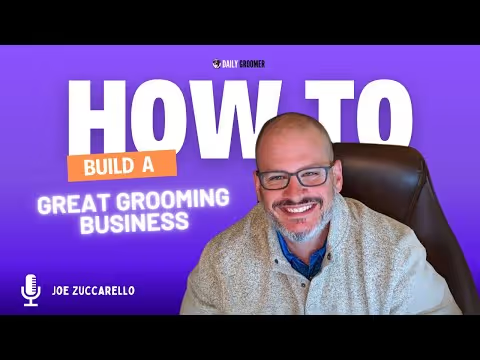
.avif)
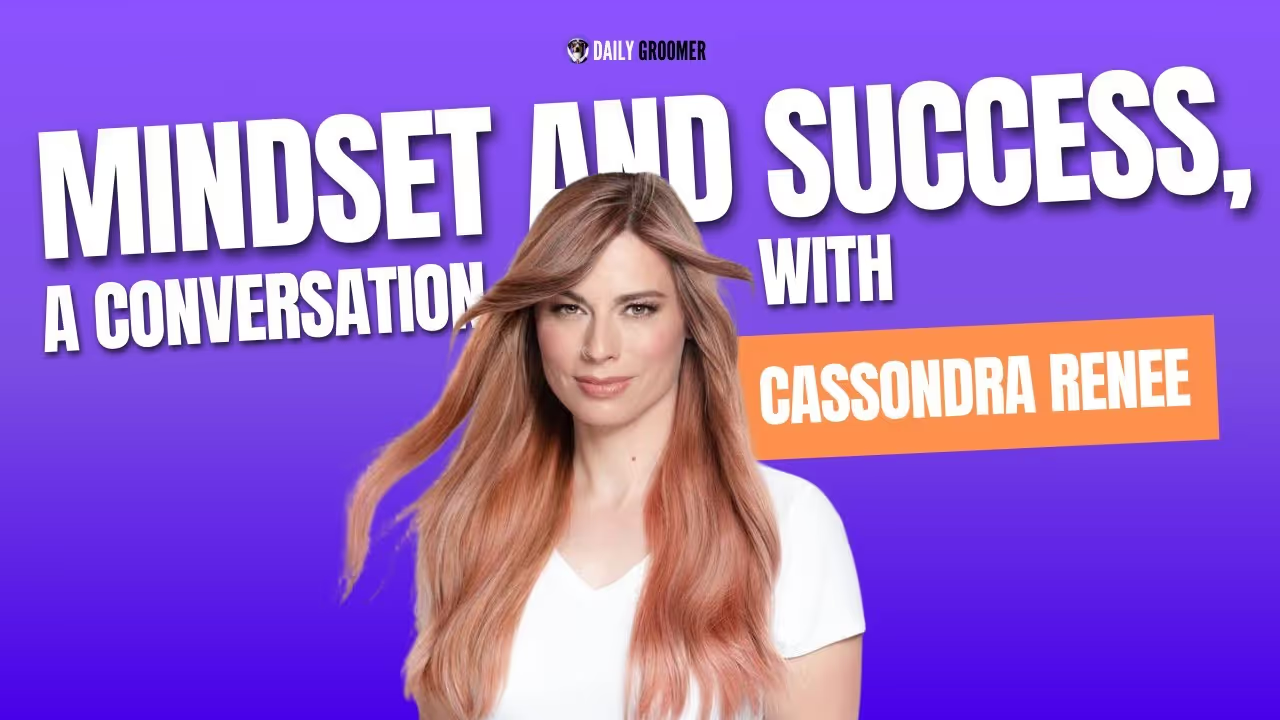
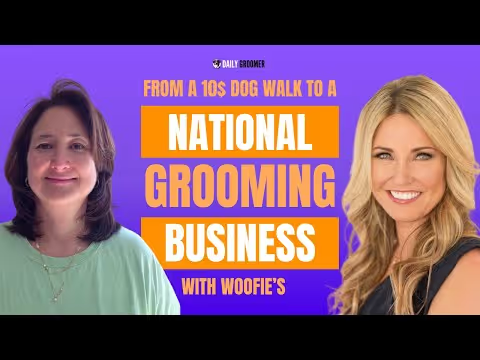





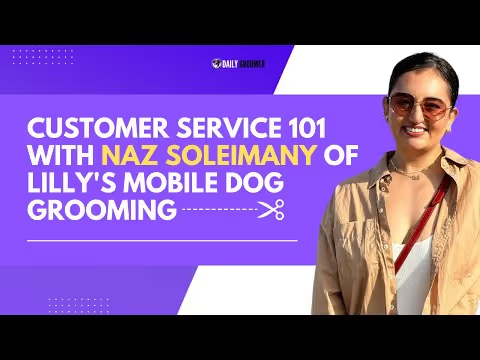

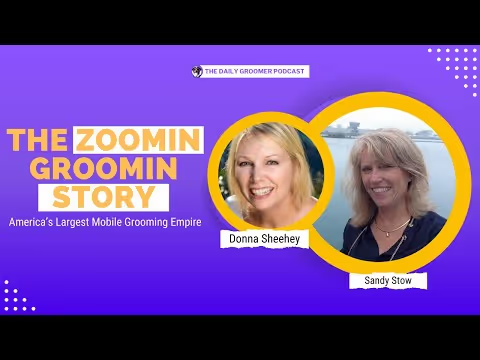
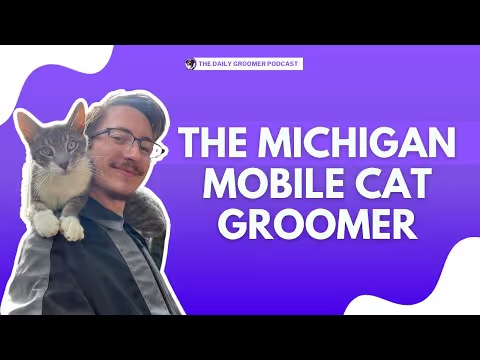

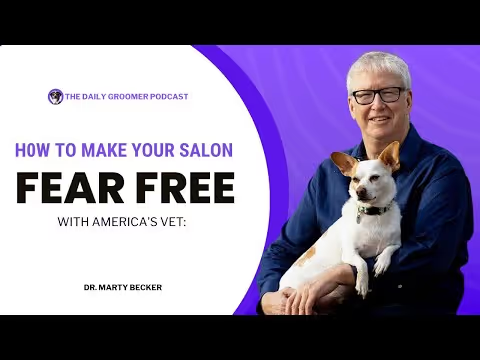
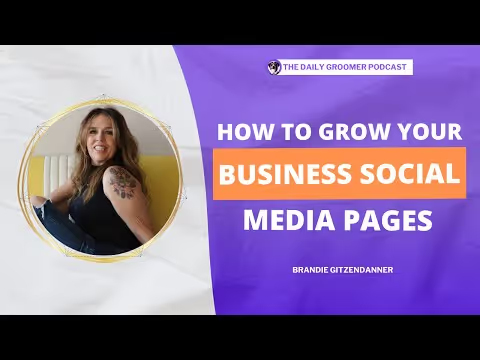

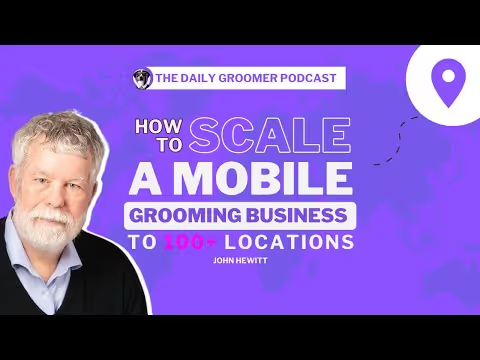
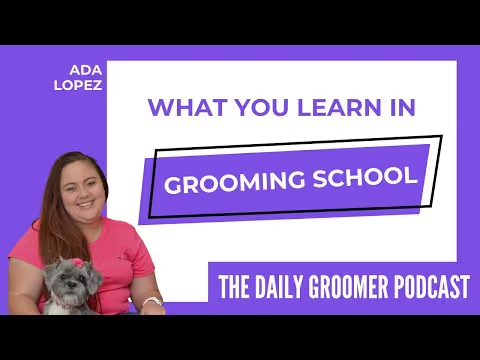


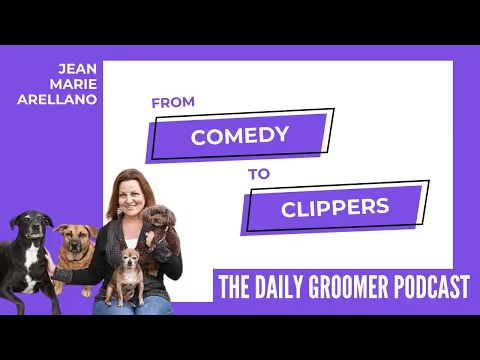
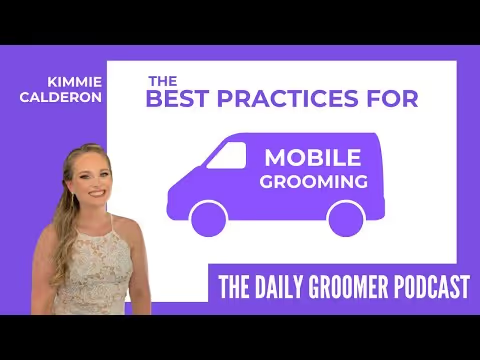
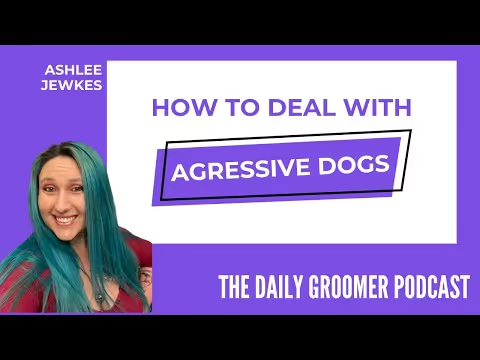
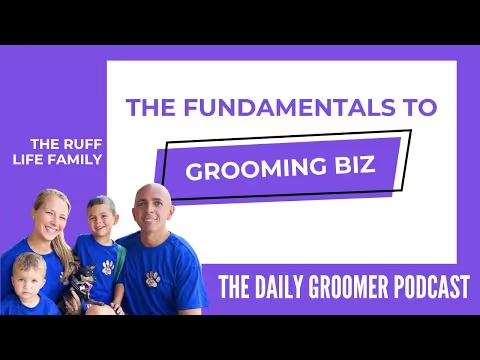


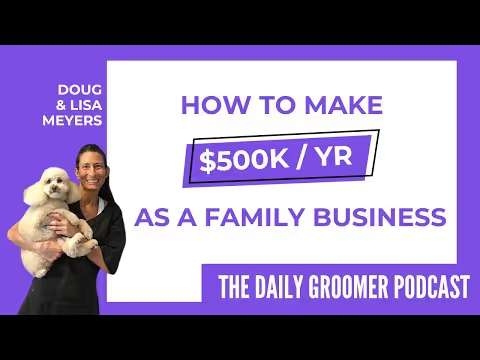
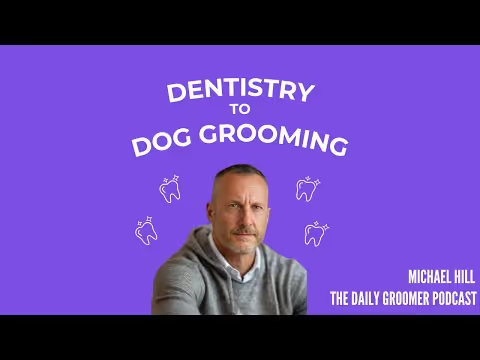
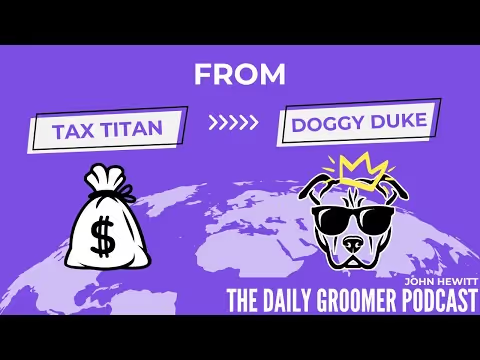



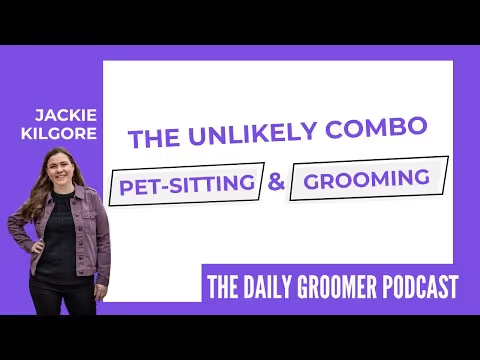


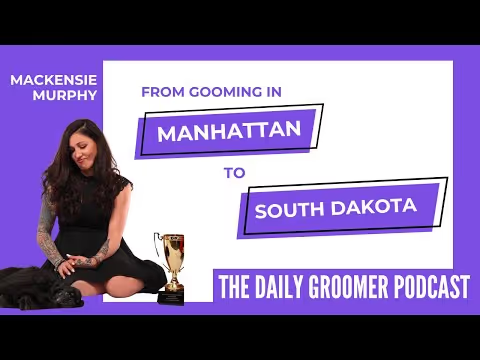
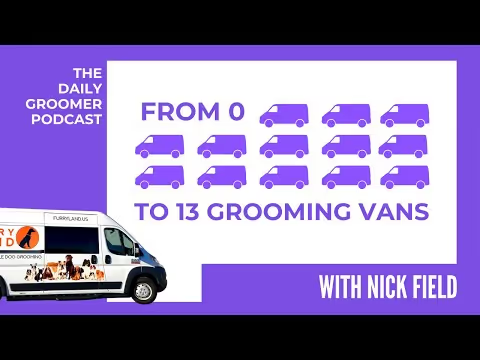
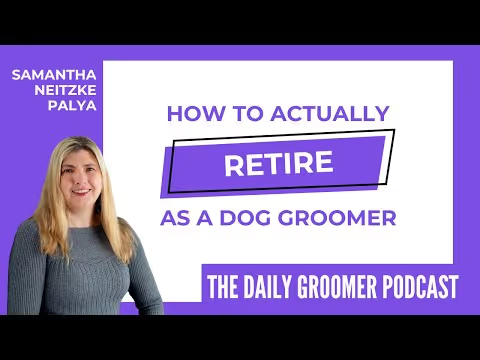
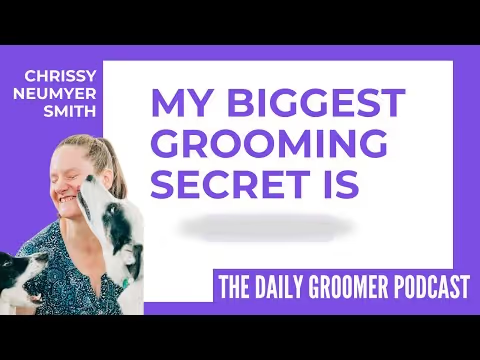
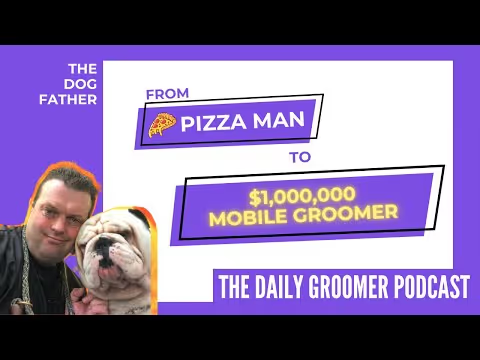

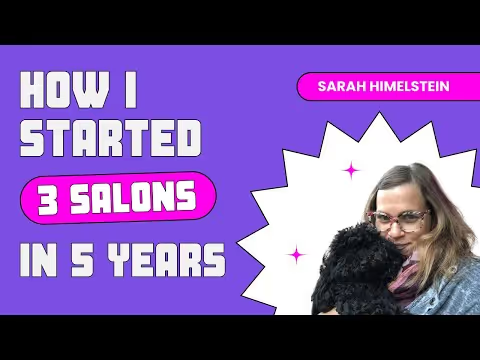
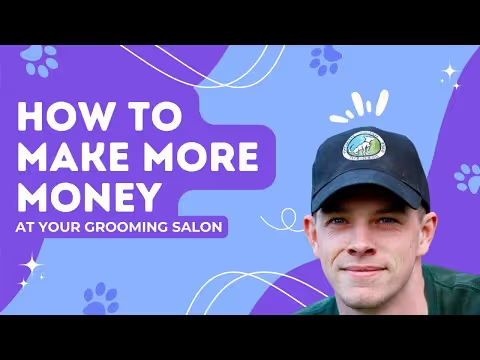
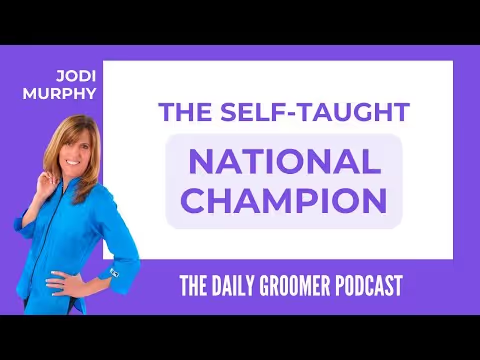


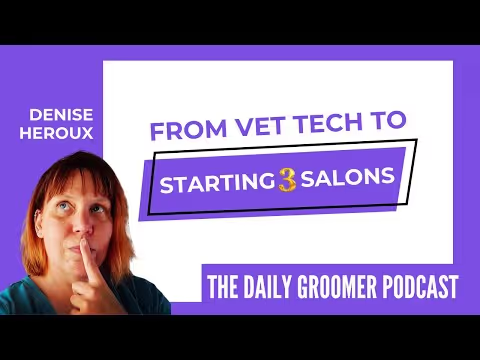
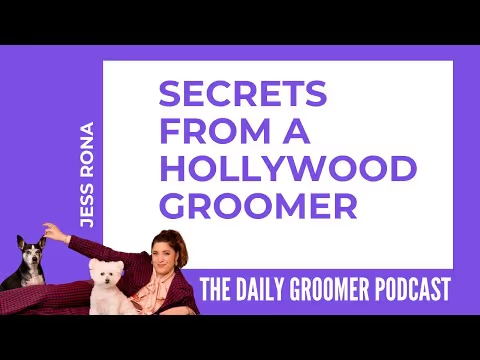
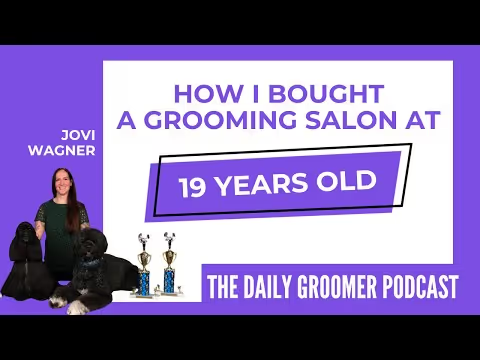

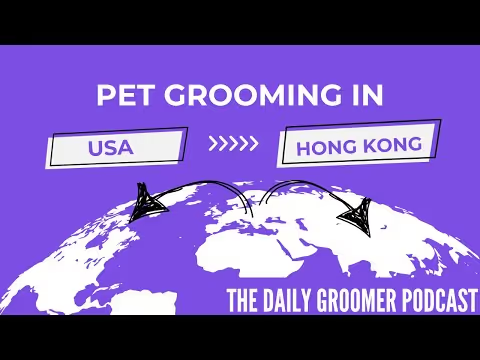
.avif)

